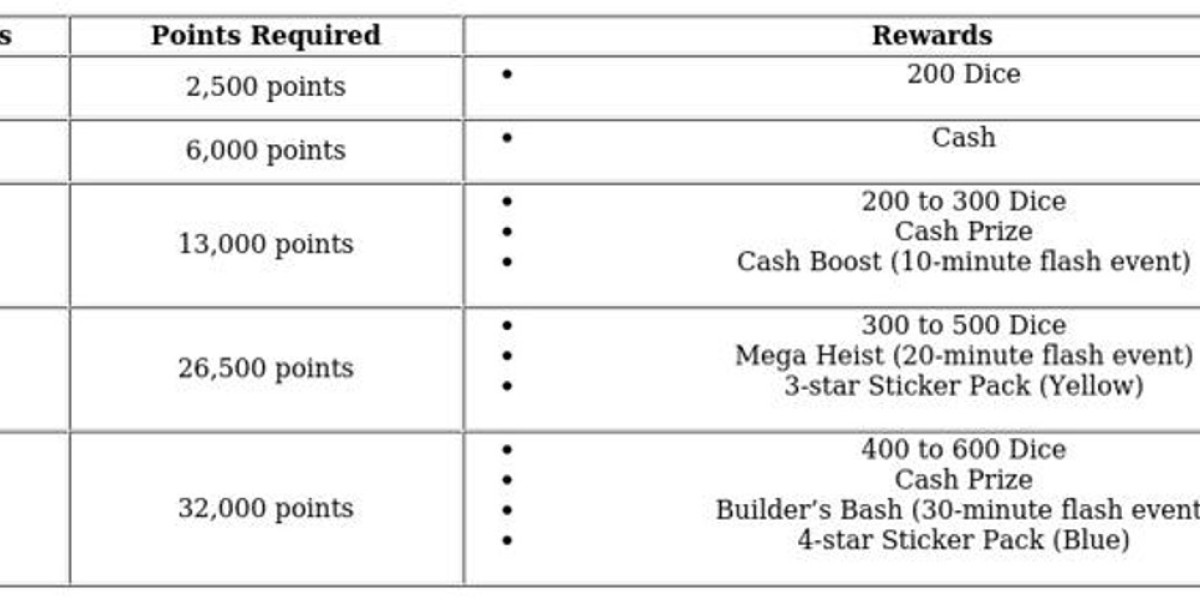Tiranga, the tricolor flag of India, is not just a piece of cloth fluttering in the wind—it is the beating heart of the nation, a powerful emblem that binds over a billion people together in unity, pride, and patriotism. Officially known as the Indian National Flag, the Tiranga represents the essence of India’s soul: courage, peace, and progress. Each of its three horizontal bands—saffron at the top, white in the middle, and green at the bottom—carries deep symbolic meaning rooted in the country’s rich heritage, cultural diversity, and hard-fought independence.
The saffron color at the top stands for courage, sacrifice, and the unbreakable spirit of the Indian people. It reminds the nation of the countless freedom fighters who gave their lives selflessly to liberate India from colonial rule. This band inspires bravery, determination, and the willingness to put the nation’s interests above personal gain. It symbolizes the fiery energy needed to face challenges and the strength to stand united in times of adversity.
The white band in the middle represents peace, truth, and purity. It reflects the core values of honesty, harmony, and ethical conduct that are essential for building a just society. White acts as a bridge between the vibrant saffron and the fertile green, symbolizing balance and integrity in India’s democratic framework. It encourages citizens to walk on the path of truth, guided by principles of fairness and non-violence as envisioned by Mahatma Gandhi and other leaders of India’s freedom struggle.
The green band at the bottom symbolizes fertility, growth, and prosperity. It represents India’s connection to its land, its rich natural resources, and its commitment to sustainable progress. This color stands for hope, renewal, and the nation’s agricultural abundance that sustains its vast population. Green reminds every Indian to nurture the environment, support development, and strive for economic strength while preserving the beauty of the country’s landscapes and biodiversity.
At the center of the white band lies the Ashoka Chakra, a navy-blue wheel with 24 equally spaced spokes. This emblem is drawn from the Lion Capital of Ashoka and represents the eternal wheel of law (Dharma Chakra). The 24 spokes signify the 24 hours of the day, symbolizing constant movement, progress, and dynamism. It teaches that India must always move forward on the path of righteousness, justice, and discipline, never standing still or stagnating. The Ashoka Chakra also embodies the values of fairness, duty, and continuous improvement that are crucial for a thriving nation.
The design of the Tiranga was adopted on July 22, 1947, just before India gained independence. It was designed by Pingali Venkayya, an Indian freedom fighter and visionary who proposed the tricolor concept that eventually became the nation’s flag. The flag was officially hoisted for the first time on August 15, 1947, marking the birth of a free and independent India. Since then, the Tiranga has stood as a proud symbol of India’s sovereignty, unity, and rich cultural identity on the global stage.
Beyond its design, the Tiranga carries profound emotional and cultural significance. It is raised high on Independence Day (15 August) and Republic Day (26 January) across the country, during national events, in schools, government offices, and public spaces. Seeing the flag flutter fills every Indian heart with pride and patriotism. The Tiranga becomes a rallying point during moments of national triumph—be it sports victories, space missions, or acts of collective bravery. It represents the soul of a billion voices chanting together as one nation.
The Tiranga also plays a vital role in promoting unity in diversity. India is a land of hundreds of languages, religions, and cultural traditions, yet the flag serves as a common identity that transcends all differences. It reminds citizens that despite their diverse backgrounds, they are all Indians first. This unifying power of the Tiranga is especially visible when it waves in the hands of people from every corner of the country, showing the world India’s strength in diversity.
There are also strict rules and protocols about how the Tiranga must be displayed, as outlined in the Flag Code of India. It must always be treated with dignity, never allowed to touch the ground or water, and flown higher than any other flag on Indian soil. The Tiranga can now be flown by every citizen on all days, following the government’s Har Ghar Tiranga (Tricolor at Every Home) initiative, which encourages Indians to proudly display the national flag at their homes. This campaign has rekindled the spirit of patriotism and brought the Tiranga closer to the hearts of common people.
In modern times, the Tiranga is more than just a national symbol—it is a source of inspiration for creativity, innovation, and progress. Its colors are often used in sports jerseys, cultural decorations, educational events, and national campaigns. It inspires Indian athletes during international competitions, motivates students to excel, and energizes citizens during moments of crisis or collective effort. The Tiranga’s presence serves as a reminder that every Indian action contributes to the larger story of the nation.
The flag has also found its place in the digital age, where millions of Indians proudly display Tiranga emojis, digital badges, and themed profile pictures during national festivals. Virtual Tirangas flutter across social media timelines, websites, and online campaigns, spreading patriotism beyond physical borders. The Tiranga has thus become a bridge connecting Indians worldwide, reinforcing their shared identity and heritage regardless of geographical distance.
Most importantly, the Tiranga embodies the values that define India as a nation—courage to face challenges (saffron), commitment to truth and peace (white), and dedication to growth and harmony (green). It encourages every citizen to carry these values in their hearts and actions. The Ashoka Chakra reminds them to keep moving forward with discipline and justice, ensuring that India continues to progress with dignity and strength.
In essence, the Tiranga is not just a flag—it is the living spirit of India. It tells the story of a civilization that has endured for thousands of years, survived struggles, embraced diversity, and risen as one of the world’s largest democracies. It represents the dreams of the past, the achievements of the present, and the hopes of the future. Whenever the Tiranga is hoisted and the wind makes it dance in the sky, it whispers to every Indian: “Be brave. Be honest. Grow together. Be proud to be Indian.”
The Tiranga stands tall not only on flagpoles but also in the hearts of every Indian—reminding them of who they are and what they can achieve together. It is the ultimate symbol of unity, courage, peace, and progress. As long as it flies, the spirit of India will continue to shine brightly for the world to see.








